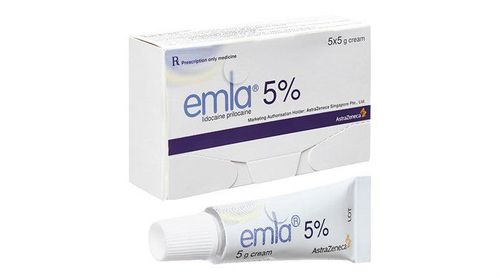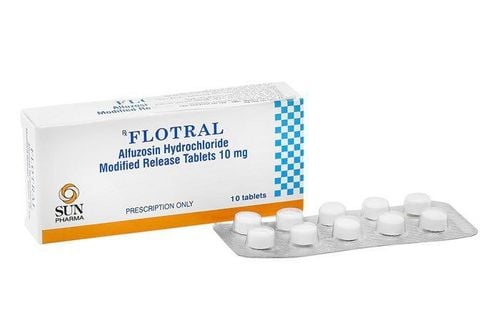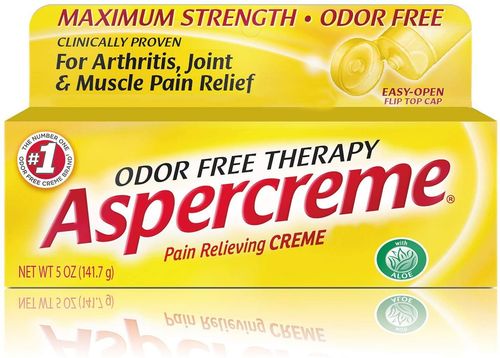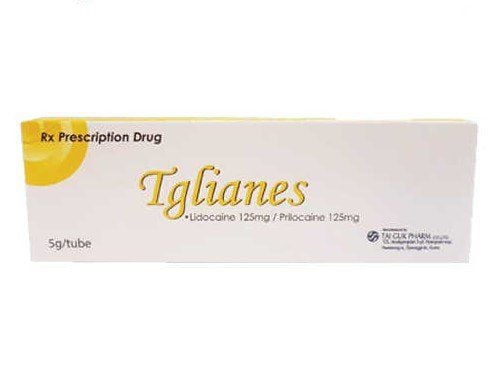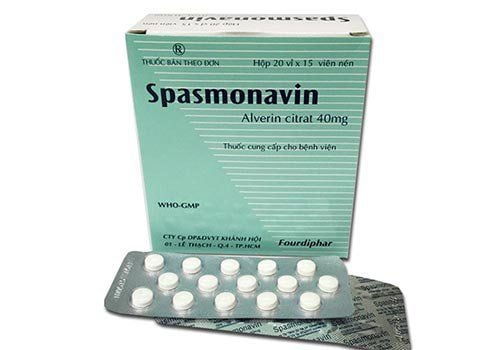This is an automatically translated article.
Octocaine is a drug used in a medical facility and under the direction of an experienced doctor. The dose of the drug is very important because it is related to the degree of systemic effects of the drug.
1. What is octocaine?
The composition of the drug Octocaine 100 is in each 1.8 mL tube containing: Lidocaine hydrochloride 36 mg and Epinephrine bitartrate 0.032 mg; excipients (potassium metabisulfite, sodium chloride, disodium edetate, hydrochloric acid, sodium hydroxide, distilled water for injection).
The lidocaine hydrochloride ingredient has a surface anesthetic effect because the drug can penetrate well through the mucosa, the drug is 3-4 times stronger than procaine and less toxic than procaine. The effects also appear faster and last longer. The mechanism of action of anesthetics is to reduce the permeability of cell membranes to sodium, thereby reducing depolarization, thereby reducing nerve impulse conduction.
Because when used topically, lidocaine causes vasodilation at the injection site, it is often combined with substances that cause vasoconstriction such as noradrenaline or adrenaline at a small rate of 1 / 80,000 or 1 / 100,000.
2. Uses of the drug Octocaine 100
Indications: Octocaine 100 is a prescription drug indicated for local anesthesia in dentistry, the drug is used by injection technique or to numb the area of nerve block.
Contraindications: Octocaine 100 is contraindicated in patients with a history of hypersensitivity to amide-type local anesthetics or to any other component of Octocaine 100.
3. Instructions on how to use Octocaine 100
How to use: Octocaine 100 is administered by injection under local anesthetic, administered by qualified medical personnel trained in this technique.
Dosage of Octocaine 100:
Adults: For normal healthy adults, the dose of lidocaine HCl should be less than 500 mg and under no circumstances should the dose exceed 7 mg/kg (3.2 mg/Ib) body weight. Pediatric patients: The maximum dose that should be used for children is difficult to calculate specifically, because it depends on the age of each child, weight. In any case, the dose for children should not exceed 7mg/kg body weight. Overdose: When used in high doses or repeated many times can lead to overdose. This causes serious reactions. Overdose should be managed with respiratory and circulatory support and symptomatic measures.
4. Side effects of the drug Octocaine 100
Reported side effects of Octocaine 100 include:
Central nervous system: Drowsiness occurring after lidocaine injection is usually an early sign of rapidly increasing blood levels and may be due to Absorb the drug too quickly. Cardiovascular system: Common cardiovascular manifestations are depression and are characterized by bradycardia, hypotension, and heart failure that can lead to cardiac arrest. Allergic reactions: Mild to severe skin manifestations such as urticaria, edema or anaphylactic reactions may also occur. Neurological Reactions: Prolonged numbness in the lips, tongue and around the mouth muscles with lidocaine has been reported due to slow recovery after injection. Patients need to observe and report abnormalities to the doctor during and after taking Octocaine 100.
5. Be careful when using Octocaine 100
The safety and effectiveness of lidocaine depends to a large extent on the correct dosage and correct technique. Due to the careful selection of dose and the risk of side effects, emergency preparedness is also essential before administering Octocaine 100.
Patients being treated with class III antiarrhythmic drugs (such as amiodarone) should be carefully monitored and ECG should be monitored because of the synergistic effect on the heart.
Caution and special attention for some patients to prevent potentially dangerous side effects:
Patients with partial or complete conduction block. Elderly, pediatric patients and patients with poor general condition. Patients with advanced liver disease or severe renal dysfunction. It is important to select and use the lowest dose that provides the best anesthetic effect to avoid the risk of high blood levels and dangerous side effects. Repeated injections of lidocaine in close proximity may increase blood levels with each injection due to accumulation of the drug or metabolites.
For pregnant and lactating women: It's best not to use it because no human studies have been done on its safety and effectiveness. Use the drug only if the benefits outweigh the risks.
Drug Interactions:
Injection of Octocaine 100 topical anesthetic solution containing epinephrine to patients receiving monoamine oxidase inhibitors, tricyclic antidepressants, or phenothiazines may cause prolonged severe hypotension or cause hypertension. Concomitant use of vasopressors and ergot-removal adjuvants may result in a persistent increase in blood pressure or the risk of cerebrovascular accident. In summary, Octocaine is used under the doctor's prescription and during the course of taking it if there is any abnormality. You should talk to your doctor for prompt treatment.
Please dial HOTLINE for more information or register for an appointment HERE. Download MyVinmec app to make appointments faster and to manage your bookings easily.




